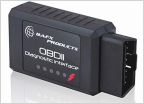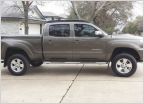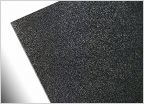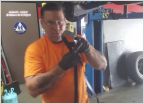-
Welcome to Tacoma World!
You are currently viewing as a guest! To get full-access, you need to register for a FREE account.
As a registered member, you’ll be able to:- Participate in all Tacoma discussion topics
- Communicate privately with other Tacoma owners from around the world
- Post your own photos in our Members Gallery
- Access all special features of the site
Help Needed With AC Compressor Removal & Replacement
Discussion in '2nd Gen. Tacomas (2005-2015)' started by AirMechanic, Jul 8, 2018.


 Best Electronic Monitoring System
Best Electronic Monitoring System OME options
OME options Re-Gear Calculation
Re-Gear Calculation Spark plug question-Toyota vs. Napa
Spark plug question-Toyota vs. Napa Bed Material
Bed Material Serpentine belt
Serpentine belt







































































